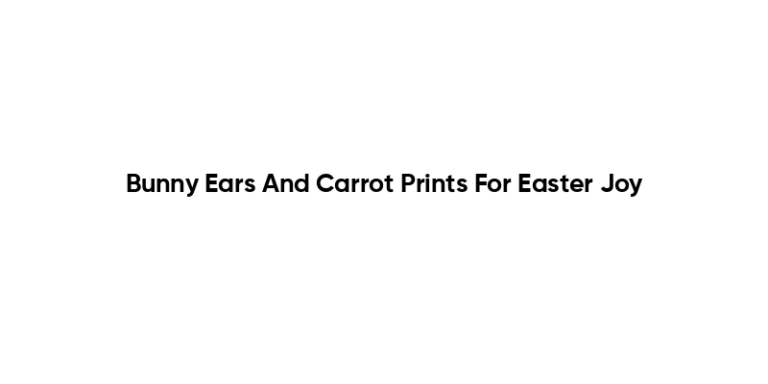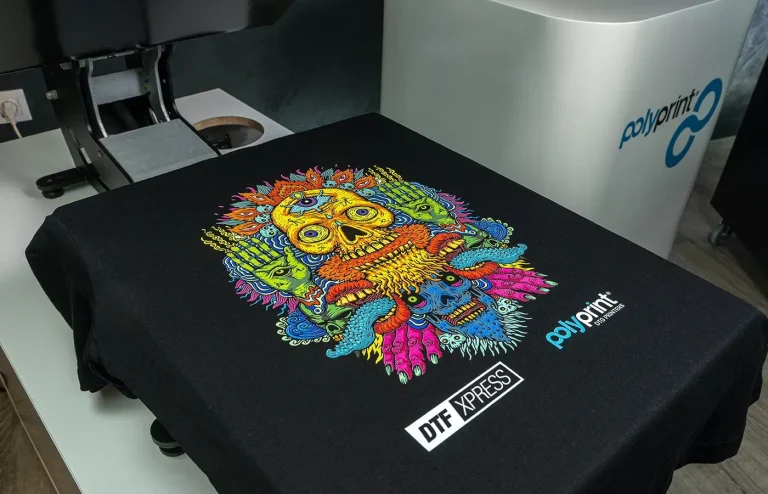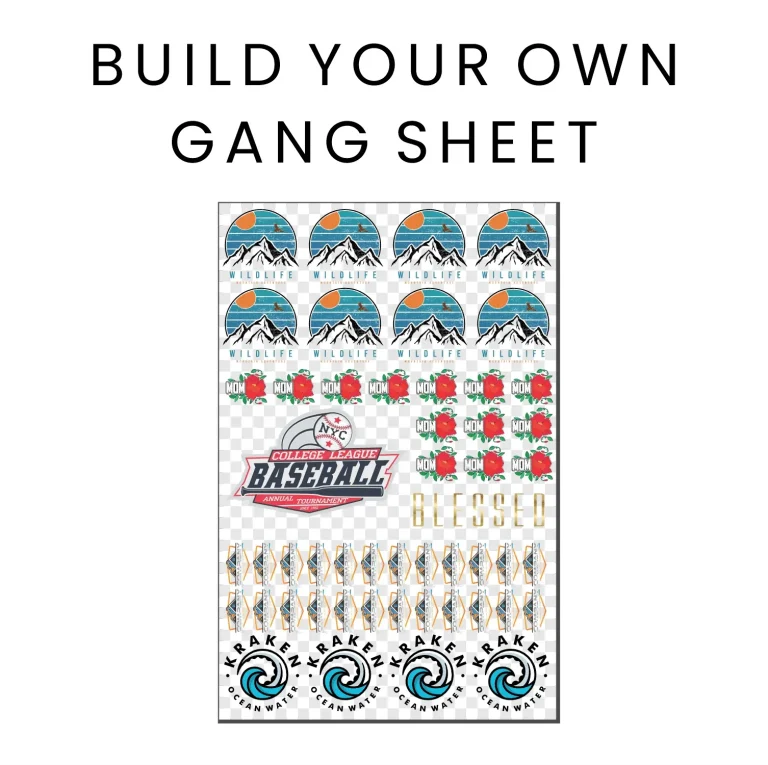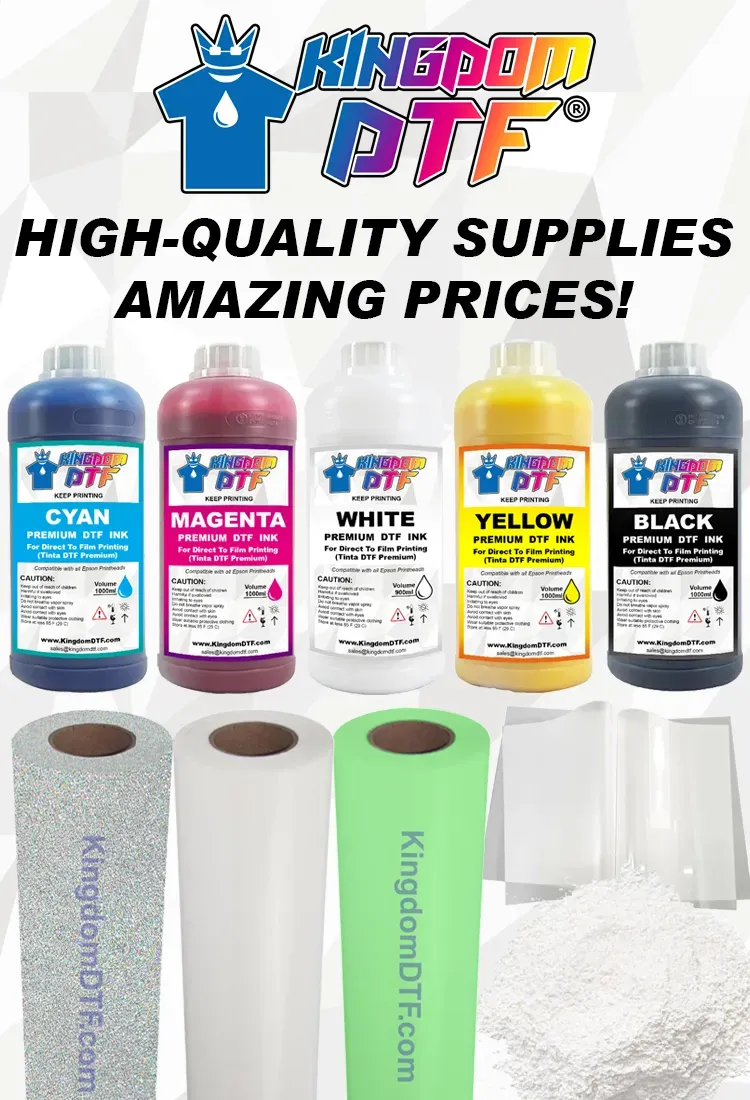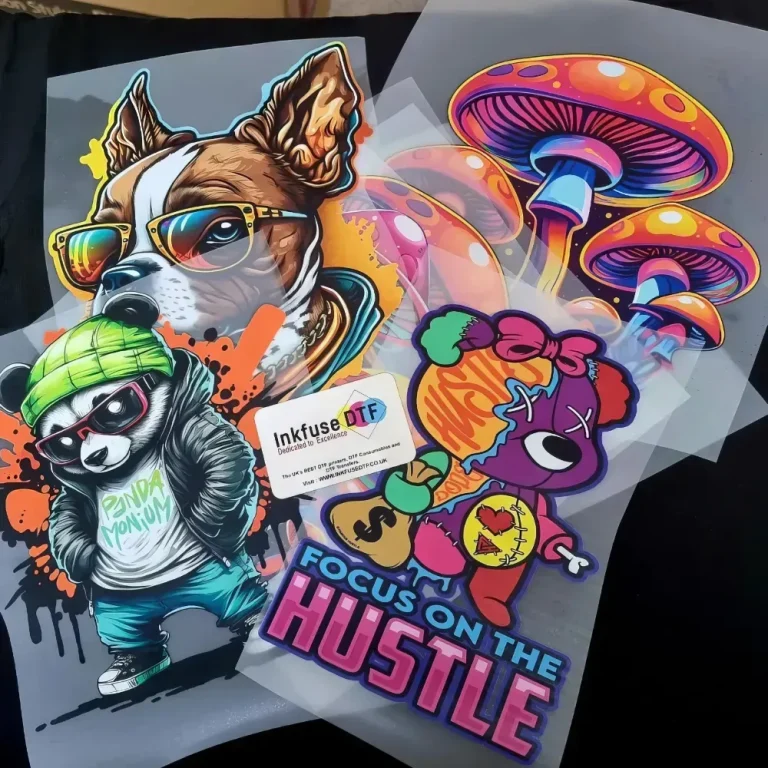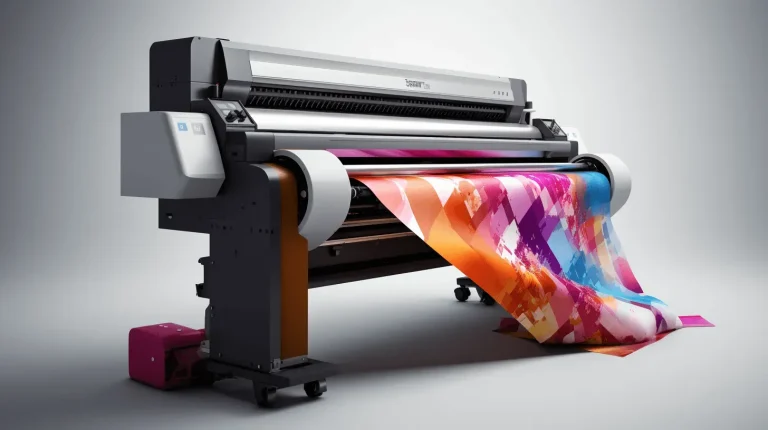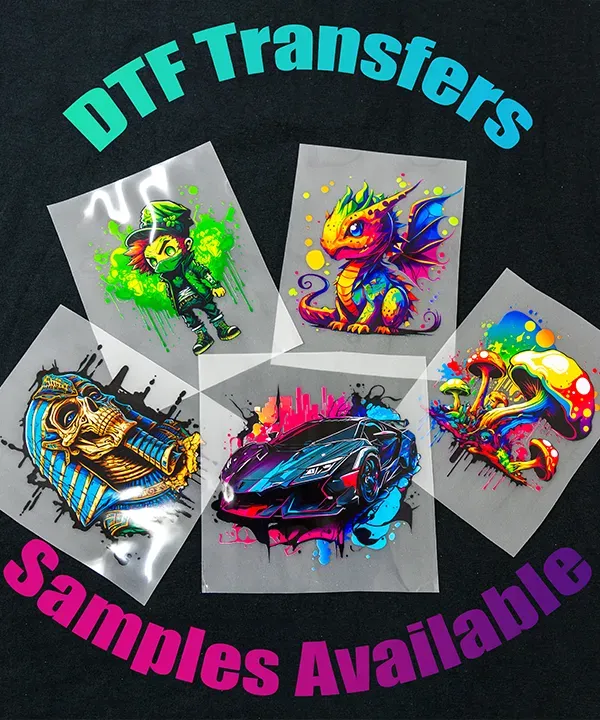
In the rapidly evolving world of custom apparel, DTF transfers are making waves by revolutionizing how designs are applied to fabric. This innovative DTF transfer process boasts numerous benefits, making it a go-to choice for beginners and seasoned printers alike. DTF printing offers a unique blend of ease and efficiency, enabling creators to produce vibrant, durable images that are as customizable as they are visually stunning. Whether you’re looking to start a small business or simply want to express your creativity, understanding DTF transfers will equip you with the knowledge to navigate this exciting field. With this comprehensive guide, you’ll quickly discover why DTF printing is gaining such popularity in the custom apparel market.
When it comes to personalized fabric prints, technologies like Direct to Film (DTF) printing have emerged as vital tools for enthusiasts and entrepreneurs alike. The method allows for seamless application of intricate designs on various materials through a straightforward transfer process. Particularly beneficial for custom apparel, this technique promotes quick production times and excellent durability, making it ideal for frequent wear. Learning the essentials of DTF printing opens up a world of possibilities for creating unique and high-quality garments. Dive into the fundamentals of this printing style to fully grasp its potential and advantages in the custom clothing industry.
Understanding DTF Printing: A Beginner’s Guide
DTF printing, short for Direct to Film printing, is a revolutionary method that transforms the way we conceptualize and produce custom apparel. For those new to this process, it begins with creating a digital design which is then printed onto a special polyester film. This film is coated with an adhesive that bonds with the fabric during heat pressing. The versatility of DTF printing allows it to be used on a variety of materials, making it a great choice for novices looking to experiment with different clothing types.
As a beginner, understanding the components involved in DTF printing is crucial. The DTF transfer process not only involves printing but also the right selection of inks and adhesives, as well as knowledge of heat application settings. These elements significantly contribute to the quality of the final product. As you delve into the basics, you’ll find that DTF printing positions itself as a user-friendly option, perfect for those starting in the custom printing industry.
The Benefits of DTF Transfers for Custom Apparel
One of the key benefits of DTF transfers is their cost-effectiveness compared to traditional printing methods. With lower setup costs, both hobbyists and small businesses can afford to dive into the world of custom apparel. Besides the financial advantages, DTF transfers also allow users to produce high-quality prints efficiently, enabling quick turnaround times for orders. This rapid production capability can enhance customer satisfaction and repeat business.
Additionally, DTF transfers are celebrated for their durability and wash resistance. Unlike prints that may fade or crack over time, DTF transfers maintain their integrity even after multiple washes. This characteristic not only boosts customer confidence in your products but also reduces returns and complaints, thereby enhancing your brand loyalty.
DTF Transfer Process Explained: Step by Step
The DTF transfer process consists of multiple straightforward steps that, when mastered, can yield exceptional results. The journey begins with creating a vibrant digital design, which is crucial for capturing the attention of your audience. This design is then printed onto a thin film using specialized DTF printers. The next step involves applying an adhesive powder on the printed film to bind it securely, followed by heat-curing to ensure a strong adherence.
Once the adhesive is set, the transfer is ready to be heat pressed onto the desired fabric. It’s important to adjust the heat settings correctly to avoid damaging the material or compromising the quality of the print. This meticulous process not only showcases the efficacy of DTF technology but also encourages creativity in customizing apparel. Each step is essential for achieving outstanding results that reflect your brand’s identity.
Exploring Material Versatility with DTF Printing
One of the outstanding features of DTF printing is its incredible versatility when it comes to materials. Unlike other printing techniques, DTF transfers can be effectively applied to a wide range of fabrics—including cotton, polyester, and even cloth blends—without requiring complex preparations. This feature is particularly beneficial for those who want to diversify their product offerings in the custom apparel market.
Leveraging the material versatility of DTF printing allows businesses and hobbyists to explore creative designs across different clothing styles. Whether producing t-shirts, hoodies, or tote bags, DTF transfers can adapt to various textures and weights, ensuring that your custom pieces not only look great but feel great too. This adaptability appeals to a broader audience, providing opportunities for increased sales and brand growth.
Minimizing Waste with DTF Printing Techniques
In today’s environmentally conscious landscape, reducing waste in the printing process is more important than ever. DTF printing stands out as a greener option due to its efficient consumption of materials. The amount of ink and film used is considerably less than that required by conventional methods, translating into lower waste output and a more sustainable practice for custom designers and businesses alike.
By choosing DTF transfers, printers can promote an eco-friendly approach while still delivering high-quality products. This aligns with the values of many modern consumers who actively seek brands committed to sustainability. Adopting efficient printing techniques not only aids in reducing operational costs but also helps in establishing a positive brand image that resonates with environmentally conscious customers.
Challenges and Learning Curves in DTF Printing
Despite its many advantages, DTF printing is not devoid of challenges, particularly for beginners. The initial investment required to set up a DTF printing system can be a hurdle. Purchasing specialized printers and materials may seem daunting, especially for those who are just starting out. However, understanding the long-term benefits and potential profitability of DTF transfers can help mitigate these concerns.
In addition to financial considerations, there is also a learning curve associated with mastering the DTF printing process. Key skills involve adjusting heat settings, applying adhesives correctly, and performing routine maintenance on the printing equipment. As beginners familiarize themselves with these aspects, they can expect a learning phase that will ultimately enable them to achieve professional-quality results.
Frequently Asked Questions
What is the DTF transfer process and how does it work?
The DTF transfer process involves several key steps to create high-quality custom apparel. First, designs are created using graphic software. Then, a DTF printer prints the design onto a special polymer film. Afterward, adhesive powder is applied to the wet ink and cured with heat. Finally, the printed film is heat-pressed onto the fabric, resulting in a durable and vibrant transfer. This process is easy to learn, making it great for beginners.
What are the benefits of DTF transfers compared to other printing methods?
The benefits of DTF transfers include their affordability, durability, and versatility. DTF transfers are known for their vibrant colors and resistance to fading through multiple washes. They can be applied to a wide range of fabrics, including cotton and polyester, without special treatment. Additionally, DTF technology produces minimal waste, making it a more environmentally friendly option compared to other printing methods.
Is DTF printing suitable for beginners wanting to create custom apparel?
Yes, DTF printing is highly accessible for beginners. The DTF transfer process is straightforward, which allows newcomers to quickly learn the necessary skills. With some practice, individuals can efficiently produce high-quality custom apparel. This makes DTF transfers an excellent choice for hobbyists and those looking to start their own printing business.
What materials are needed to start DTF printing?
To start DTF printing, you will need a DTF printer capable of printing on polymer film, adhesive powder for binding the ink, and a heat press for transferring the design onto fabric. Additionally, graphic design software is required to create your custom designs. Though the initial investment may seem daunting, the long-term benefits of DTF transfers can outweigh these startup costs.
How does the durability of DTF transfers compare to DTG printing?
DTF transfers offer superior durability when compared to DTG (Direct-to-Garment) printing. DTF prints are resistant to fading and can endure multiple washes without significant degradation. This resilience makes DTF transfers a better option for custom apparel that will be frequently worn and laundered, ensuring your designs remain vibrant and intact over time.
What challenges should beginners expect when learning DTF printing?
Beginners may face a learning curve when mastering DTF printing. Key challenges include correctly setting heat temperatures, ensuring proper adhesive application, and achieving the desired print quality. While the DTF transfer process is easier than some other methods, beginners will still need to dedicate time to practice and refine their skills for successful results.
| Key Point | Details |
|---|---|
| What are DTF Transfers? | DTF (Direct to Film) transfers are a printing technique involving design creation, printing onto polymer film, adhesive application, and heat transfer to fabric. |
| Cost-Effectiveness | DTF printing costs have decreased, making it affordable for small businesses and individuals. |
| Durability | DTF prints are vibrant and long-lasting, withstand multiple washes without fading, unlike some other printing methods. |
| Material Versatility | DTF transfers can be applied to various fabrics, including cotton and polyester, broadening customization options. |
| Advantages of DTF Transfers | DTF printing is easy to learn, offers quick turnaround times, and minimizes material waste, promoting environmental friendliness. |
| Challenges and Considerations | Initial investment in specialized equipment can be a barrier. Learning curve exists for mastering the process. |
Summary
DTF Transfers are reshaping the landscape of custom printing, offering a blend of affordability, durability, and versatility for those venturing into the world of personalized apparel. As this innovative technique gains popularity, it opens up new opportunities for both hobbyists and professionals to express their creativity and craft unique designs. Whether you aim to start a business or explore personal projects, understanding DTF Transfers is essential for maximizing your creative potential.

